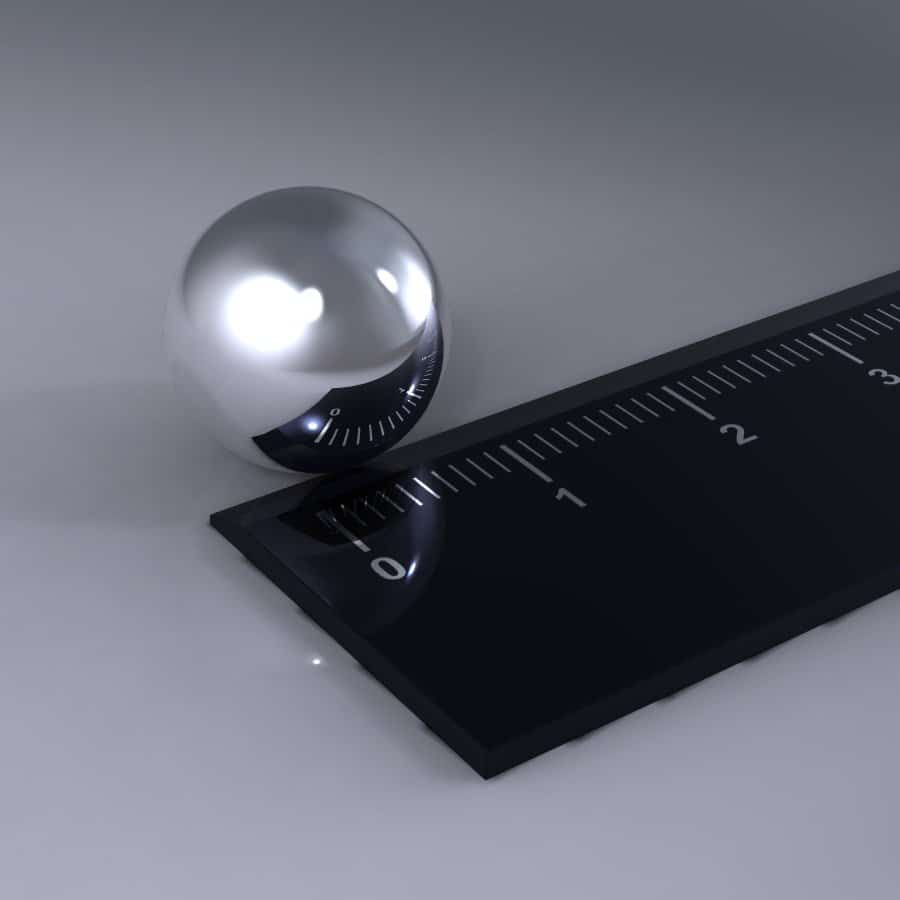It comes seemingly out of nowhere and yet can be easily observed by anyone: the power of the Magnets. Do you remember when you were a child, completely fascinated with two Magnets played, led them to each other again and again, and were they captivated by the strange, invisible force of attraction?
In the past, magnets and the force behind them, the Magnetismoften seen as something mysterious, mystical. No wonder, because you can neither see nor hear nor feel this mysterious force. But it is there, the magnetic force - always and in many different places on our earth.
So let's put an end to assumptions and half-truths and take a close look at how magnets work and what you can do with them.
How do magnets work?
Basically: The power of magnets is really nothing new. Already thousands of years ago, magnetism was used, first unconsciously, later then consciously for very specific purposes. Gradually, countless experiments were carried out with magnets and magnetism in general until it could also be explained scientifically. The first contact with the Magnet

Magnetism
In the first approach to magnetism we take an ordinary bar magnet. This classic magnet has a so-called pole at each end. Similar to our earth, we also speak here of a south pole and a north pole. The basic rule is: like poles repel each other, unlike poles attract each other. So if we take two magnets and bring them together, north and north as well as south and south pole will repel each other, while north and south pole - no matter on which side - will magnetically attract each other.

Everything is determined by the magnetic fields
The force of the magnet or the magnetism behind it do not act only at one point, but in a field, which consequently is Magnetic field is called. In addition to the magnetic force, the associated magnetic field can also be detected or made visible. We can do this, for example, by placing a large number of compasses in a cardboard box and placing a bar magnet on top of them. Now we can observe how the individual needles of each compass align themselves along the (imaginary) magnetic field lines.
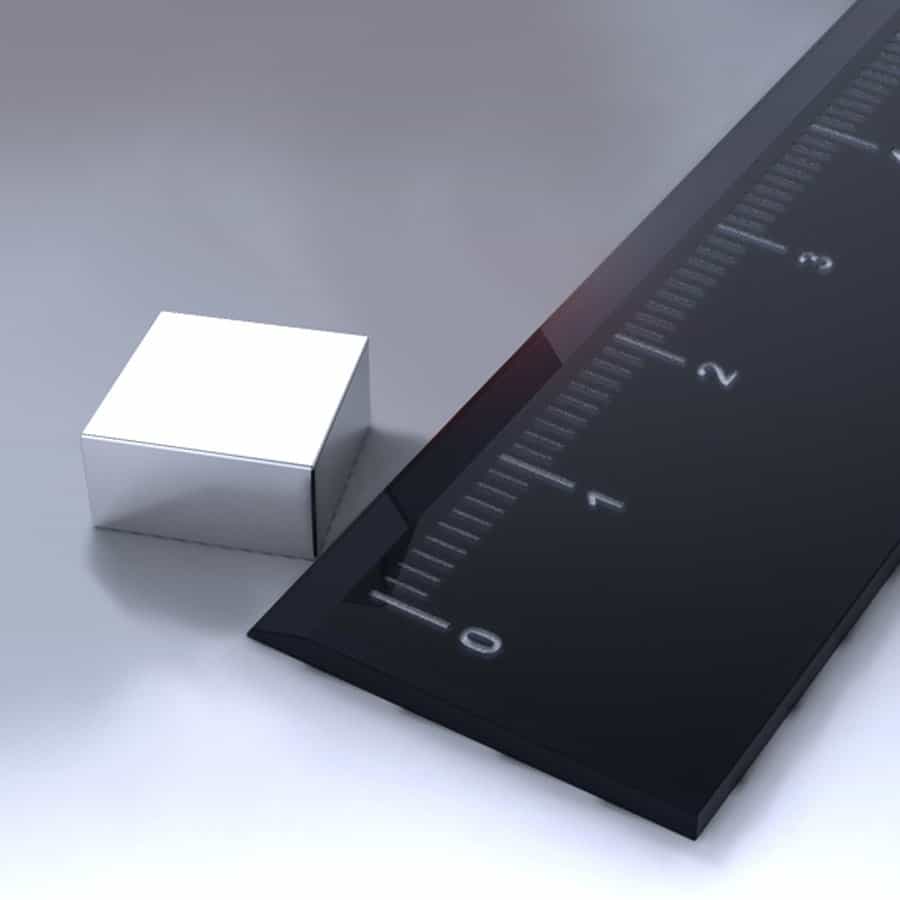
The magnetic poles
Speaking of the north and south poles, we humans have been born with magnetism since time immemorial. The earth also has a north and a south pole, and the entire planet is surrounded by a magnetic field. You don't believe that? The unequivocal proof of this theory is a commercially available compass. It contains a small, very easily movable needle made of metal, which aligns itself with the aforementioned magnetic field of the earth and thus always points to the north.

Magnet field lines
The magnetic field lines are therefore not visible, they only serve as an aid to understanding the magnetic field. In principle, there are an infinite number of these lines, each of which forms a closed circle, i.e. they have no beginning and no end. If you take all the field lines together, you get the total magnetic field.
What are magnets made of?
We humans are most familiar with so-called ferromagnetism. This refers to the magnetic properties of a group of substances that have special material-specific properties. One also speaks of the Weiss domains, special collections of atoms that give a material a permanent magnetic function. Thus, the atoms are aligned in a certain sequence, which results in the magnetic function.
The best known material with ferromagnetic properties is iron. No wonder, then, that we humans are predominantly familiar with magnetic materials made from this material. However, pure iron is relatively unsuitable for magnetisation. For the production of permanent magnets, therefore, iron materials alloyed with carbon are usually used. This is also referred to as steel.
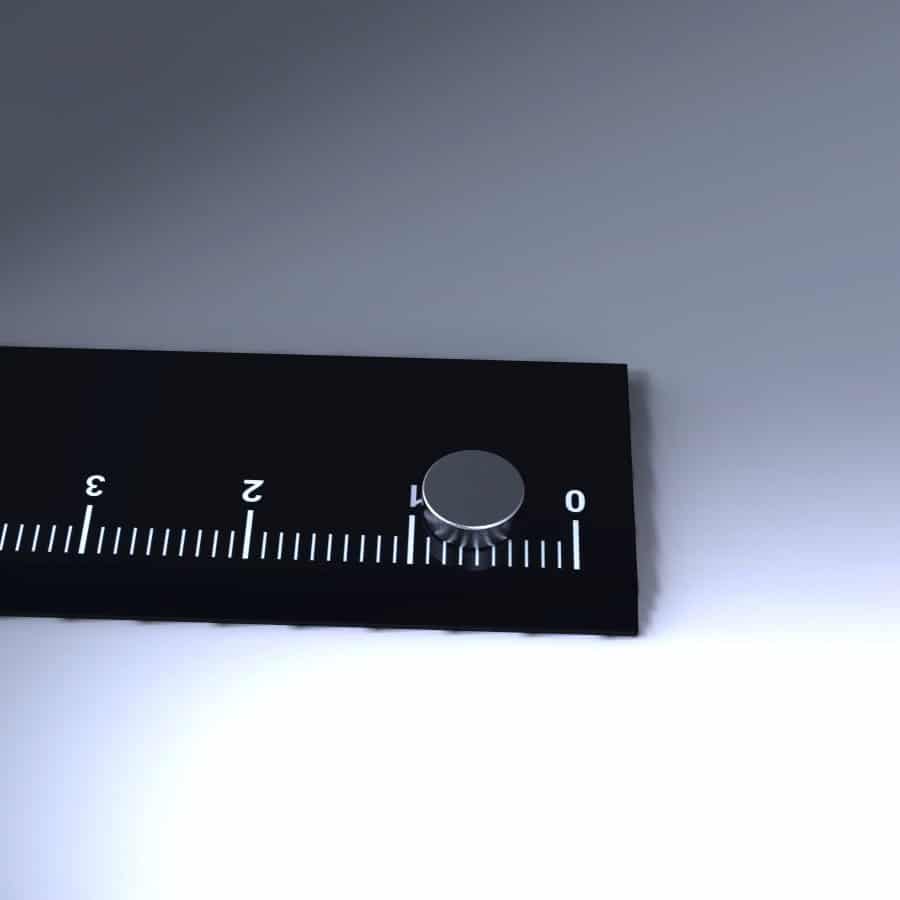
What do you need magnets for?
The Application demonstration purposes in schools etc. is only a small outline of the colorful variety with which magnets can be used in everyday life and in industry, research etc.. In concrete terms, this means that magnets are used today in countless different machines, elements, vehicles, tools, etc. - mostly without us even noticing.
For example, magnets are found in automobiles, in every wristwatch, in loudspeakers, telephones, refrigerators, etc. Example loudspeaker: Without the use of a magnet, a loudspeaker would simply not work. We use magnetic fields to generate or transmit sound.
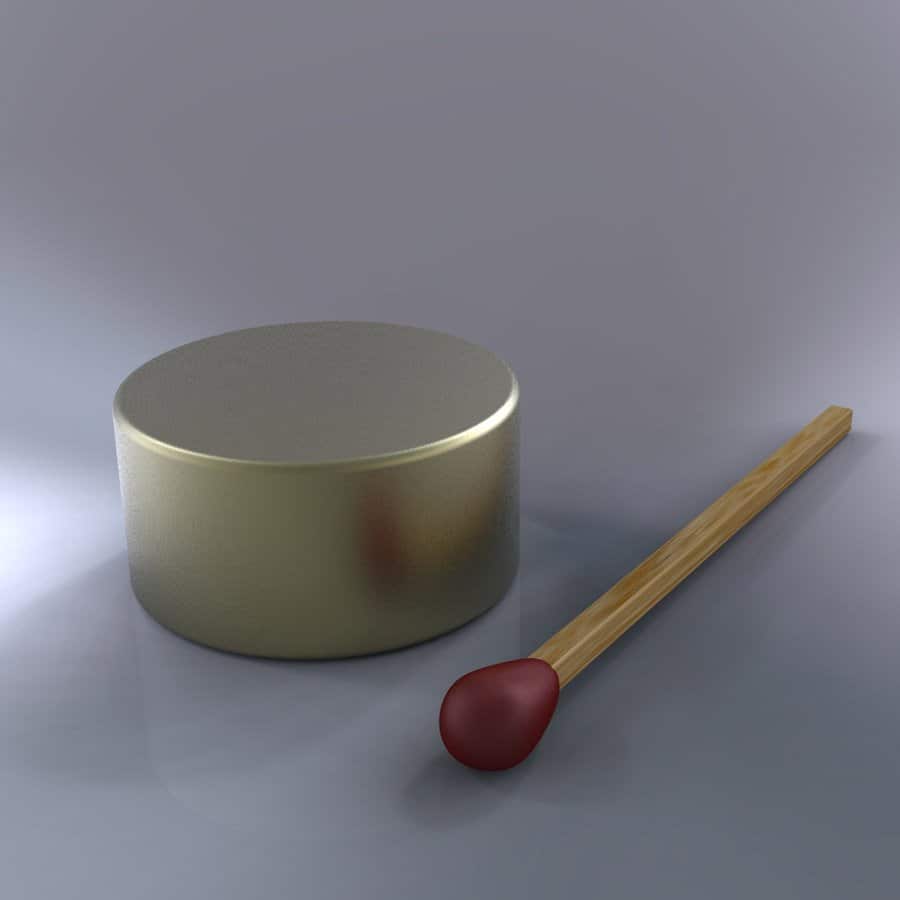
What types of magnets are there?
Basically, a distinction is made between different types of magnets. For example, there are conductors that can only generate magnetic fields when they are energized with electric current. On the other hand, there are the so-called permanent magnets. These always have a magnetic effect, regardless of whether current is flowing through them. A subtype of permanent magnets are also those materials that exhibit weak magnetism. They can be magnetised, but only remain in this state for a limited time. They therefore lose their magnetic function again at some point.
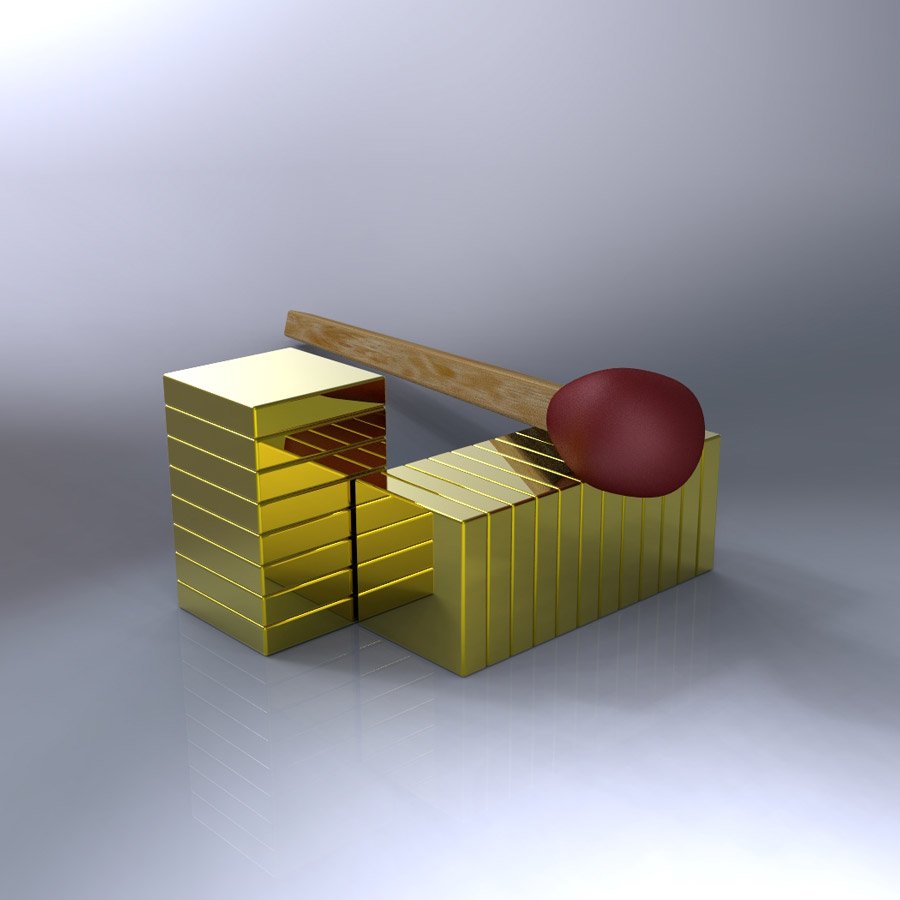
Industry
Today, magnets are used in countless places in the industrial sector. While, for example, very small and comparatively weak magnets are used in watches to ensure the precise running of the movement, the new super magnets made of neodymium or similar are used for a wide range of industrial and commercial applications. And also Electromagnets are needed in the industrial sector for many different purposes. A good example is the sorting of waste materials in scrap metal recycling. For this purpose, huge electromagnets attached to cranes are used in scrap yards and recycling centers. In this way, mixed materials such as plastic, wood and metal can be easily separated by simply moving the extremely strong electromagnet over the materials after it has been energized. The magnetic force will now ensure that all metal parts are attracted and stick to the magnet. They can now be removed and stored anywhere. To remove the metal parts that are stuck to the magnet, simply interrupt the current flow so that the magnetic effect is also switched off. The metal parts then simply fall off again.

Permanent magnets
In addition, permanent magnets and electromagnets play a particularly important role in electrical engineering and in measurement and control technology. Today, sensor technology in particular can no longer do without the use of magnets. Think, for example, of modern alarm systems that are equipped with magnetic switches. Such a design is very simple and yet effective. If the magnetic switch is interrupted, current no longer flows in an indication circuit and the alarm system can be triggered.
Let us stay a little longer with the permanent magnets, which are also called permanent magnets. How can such a magnet permanently exert the appropriate force without current flowing through it? The solution: The internal structure of the permanent magnet has a large number of small, so-called elementary magnets, each of which is formed by a collection of atoms. Each atom has at least one electron orbiting around its nucleus.
Why do magnets have certain colors?
Not only in magnets for school and teaching purposes, but also in tool magnets as well as those used industrially, we often find colour-marked areas. For example, many bar magnets have a red and a blue or green side. The secret behind this is quite simple: the different colours are used to mark the poles. This facilitates handling and makes it clear at first glance which pole we are dealing with. For example, the positive pole of permanent magnets is always coloured red, while the negative pole is marked in blue.
They are used in industry in a variety of forms and applications, but we also use them more and more often in our everyday lives, even if it's just to attach a note to the metal pinboard or the refrigerator. Magnets hold a special fascination for many people, as they carry a seemingly invisible power and can be used in an enormous variety of ways. On this website you will learn everything about the different magnets and the magnetism behind them. Follow us into this fascinating world.

Novel materials
The ever stronger and more precise magnets with their novel materials such as neodymium or Samarium are ensuring that the applications of magnets are becoming ever more diverse, both in industry and in our everyday lives. Today, there are already tiny super magnets on the market that have extreme forces. A wide variety of experiments are being conducted with these components, and some of them are already being used in finished products. One example of this is automotive engineering. Since our cars have been getting heavier and heavier for years due to their growing size, increasingly complex technology, etc., the industry is looking for alternative production methods that primarily save weight. The use of magnets is an adequate possibility here. For example, heavy fasteners with welds or a large number of screws can be replaced by small and lightweight magnets that offer similar or even better strength.
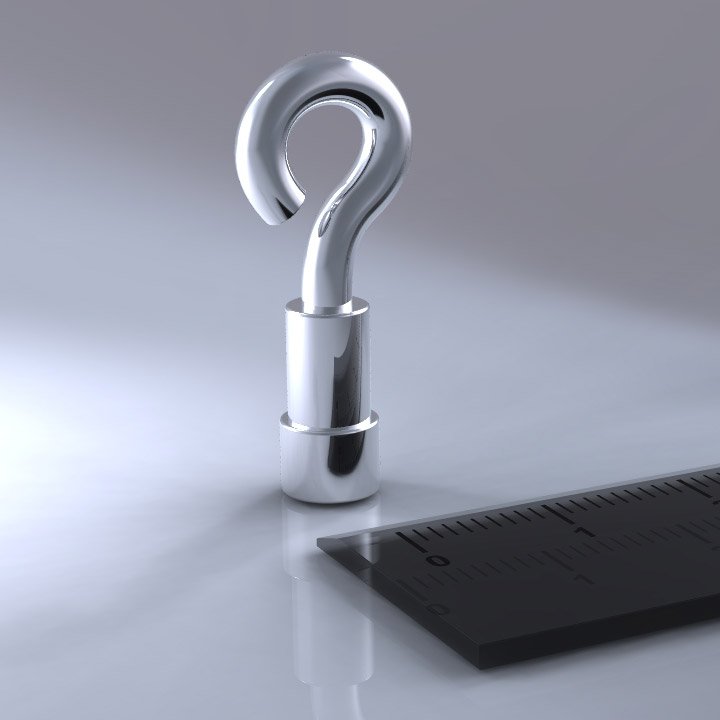
Production
In recent years and decades, however, progress has been made in the manufacture of magnets, which is why conventional steel magnets are now being replaced in many areas by genuine high-tech materials that have even better material properties. These are, for example, sintered materials made of barium or strontium hexaferrite, which are additionally provided with iron oxide and subsequently magnetized.
However, these materials still do not represent the pinnacle in the development of ever new and stronger magnets. The state of the art today are the so-called super magnets made of materials such as neodymium or samarium, which belong to the rare earth metals and are found in various areas of the earth's crust.
